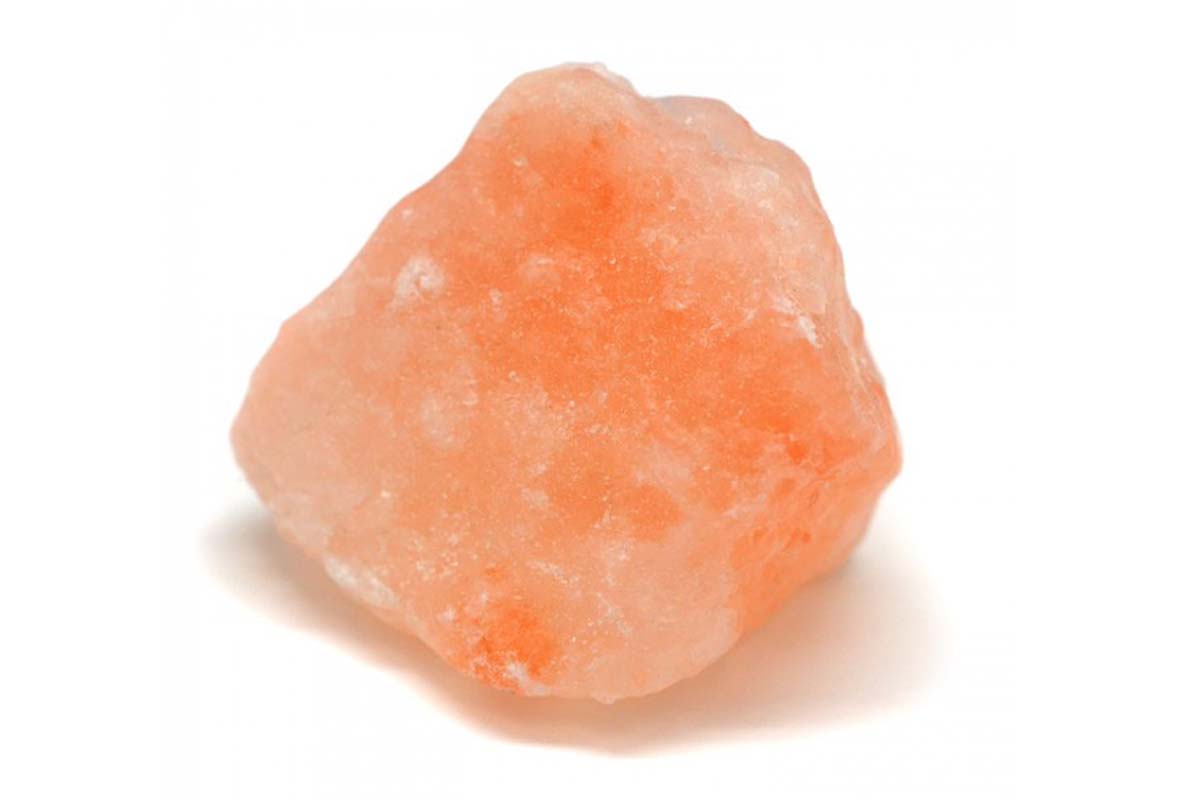Abused for political reasons, many healthcare professionals insist the rock salt has more benefits, reports Afreen Mushtaq

A resident of SR Gunj, Ali Mohammad, 59 and a match-maker by profession, interacts with many people daily. Diabetic, he feels threatened when other patients share their related health problems with him. But then he suddenly shrugs away all negative thoughts and consoles his heart saying ‘lifestyle’ diseases can’t even touch him.
“My blood sugar level is under control and I don’t have other related problems,” Ali said. “Initially I used to get muscle cramps but now everything is alright. I have even started taking foods prohibited for a diabetic patient like rice, bananas, and potatoes.” He doesn’t even have to go for repeated clinical examination of blood sugar levels.
Ali says he and many of his neighbours have one wonder solution to all this: the rock salt. This, however, does not mean they are not affected by other lifestyle ailments.
Rock salt consumption is quite old in Kashmir. It was and is still being imported from Khewrah area of Pakistani Punjab, where it was first discovered by the troops of Alexander the Great in 326 B.C. The import of rock salt wasn’t hindered even in the turmoil of 1990s, as it is being imported through Wagha. But it was in 1947 that Kashmiris had to face scarcity of rock salt, which created much crisis among the Kashmiris.
“Pre-Independence, rock salt was imported via Mughal Road, which, before the advent of Mughals, was called Namak Route,” Zareef Ahmed Zareef, a hardcore rock salt consumer, says. “After reaching Kashmir, it was supplied to Central Asia as well via Ladakh. But in 1947, just after partition, its supply was barred. Then, the remaining chunks of the salt were collected and sold at National Conference-owned cooperative shops at the cost of Re 1 silver coins.”
In 1949, iodised or common salt was imported from India. Since then, Kashmiris are consuming it and fell prey to various kinds of ailments. “I have myself witnessed the famous doctor Dr Ali Jan recommending patients for rock salt consumption, he said.
Dr Naseer Ahmed Shah, an Unani doctor, says that people consume iodised salt in excess. “It is a high level of unawareness which is responsible for many lifestyle diseases.
“Rock salt does not require any refinement. Instead, it contains 94 minerals which treat many lifestyle diseases, muscle cramps, skin disorders,” Shah believes. “Some of these minerals are not consumed by people in the daily diets.”
“Among skin problems, Himalayan salt reduces inflammation, which results in a red rash, itching and sometimes a burning feeling. Common irritants may include cigarette smoke, pollution, certain chemicals, and some types of make-up.” Shah says, “Eczema and psoriasis are often lifelong conditions, with no known cure, but there is a natural way so that it does not affect your quality of life and that is just Himalayan salt.”
Although Unani doctors claim it to be a good source of minerals, they say it is a good tastemaker of the daily diet, but they don’t prescribe it to their patients. “We would have definitely prescribed rock salt to our patients, but it is not readily available in the market. So, we prescribe them the medicines having some herbs of similar qualities.”
But the rock salt dealers contradict. “For the last few years, the market of iodised salt is gradually being taken over by increasing use of rock salt,” one dealer said. “Perhaps because of its benefits (costs Rs 15 per kg), is now being consumed by almost one-fourth of the population.”
Widely acclaimed by Unani and Ayurveda, the benefits of rock salt have also been appreciated by many allopathic doctors globally. In fact, many international physicians and dieticians recommend its consumption to their patients. “It is highly beneficial for the patients of lifestyle diseases,” Dr Siddharth M Bindroo, a diabetologist, said. “It boosts metabolism, reduces the risk of strokes.”
Self-consumption apart, Kashmiris now use it as part of cattle diet. Aijaz Ahmed, one of the importers, operates from Tengpora by-pass. “Before the turmoil, we used to import almost 60 truckloads a year,” Ahmed said. “Now not many people use it so we import around 10 truckloads a year. It is mostly consumed by the population in periphery who have herds.”
Kashmiris gave up rock salt due to deficiency of sodium which leads to goitre. In areas like Shehr-e-Khaas, the counter-insurgency grid would take away the rock salt and beat the inmates. The rock-salt has been part of Kashmir politics and NC politicians would use it during the election as a direct reference to Pakistan.
Safa Kadal resident, Muhammad Shabaan (name changed) recalls a day in the 90s when crackdowns were a routine. “On one such crackdown, we as kids were busy playing our games and suddenly the cops stepped in our home and started checking our belongings, wardrobes,” Shabaan said. “They saw a big stone of rock salt and asked about it. As I kid I told them it is Pakistani namak. This made the cop lose his temper and he started crushing the stone. Then, he arrested my grandfather at that very moment. After returning from the police station, he (grandfather) ordered throwing all the rock salt out of our house. Since then, nobody urged to buy the rock salt again.”















